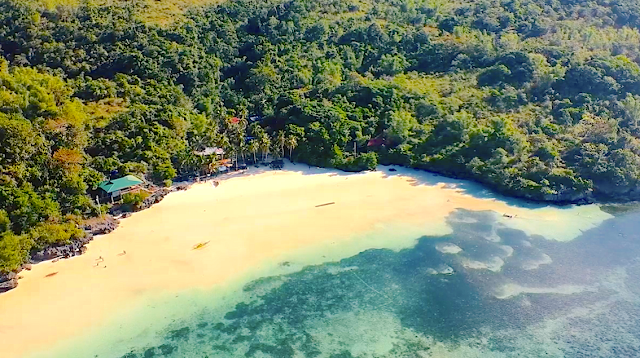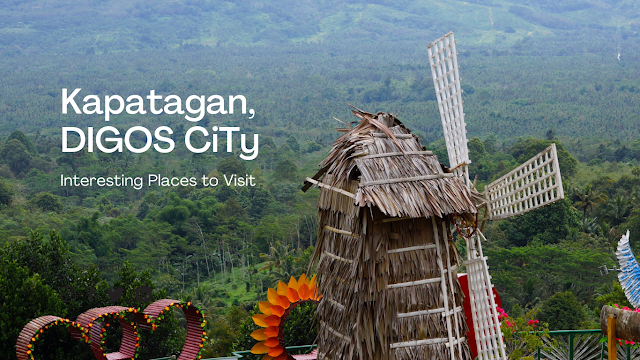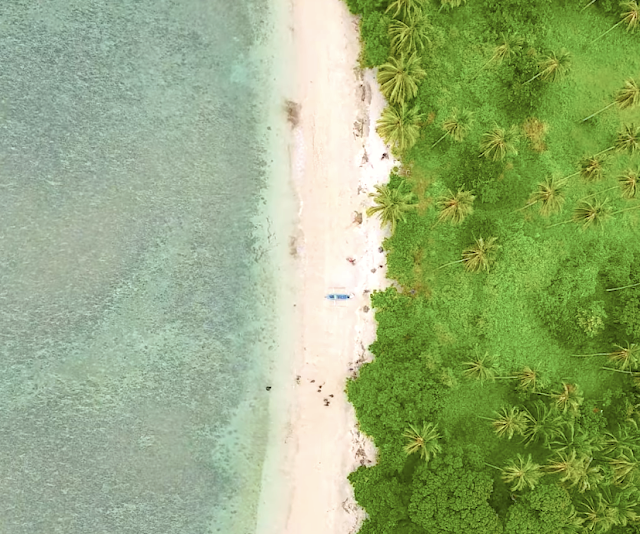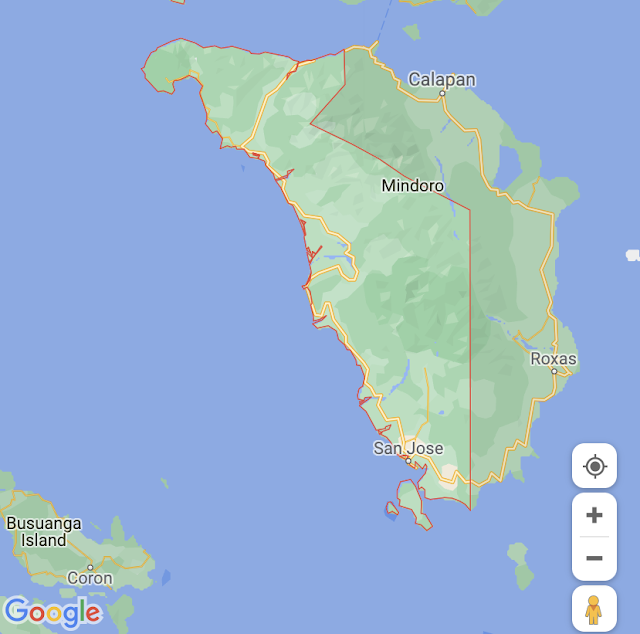Buug, Zamboanga Sibugay
Buug, a municipality situated in the province of Zamboanga Sibugay, Philippines, is a charming destination located in the heart of the Zamboanga Peninsula. Known for its diverse native languages, including Subanon, Cebuano, Chavacano, and Tagalog, Buug reflects the cultural richness that characterizes the region. The town covers an area of 134.06 square kilometers and is located at coordinates 7°43′43″N 123°03′39″E.
A Glance at Buug's History and Foundation
Buug has a history dating back to February 2, 1960, when it was officially founded as a municipality. Over the years, Buug has grown into a vibrant community, embracing its cultural heritage and welcoming newcomers with open arms.
Geography and Population
Buug is part of the 1st district of Zamboanga Sibugay and is composed of 27 barangays. The town's population, as recorded in the 2020 census, stands at 38,425, residing in 9,019 households. With a population density of approximately 290 individuals per square kilometer, Buug maintains a moderate population concentration, allowing for a balance between rural and urban living.
The town's geography offers a diverse landscape, ranging from coastal areas with elevations at sea level to elevated regions reaching as high as 551 meters. The varying terrains contribute to Buug's natural beauty and provide opportunities for outdoor activities and scenic views.
Government and Leadership
Buug operates under a Sangguniang Bayan form of government, with Mayor Dionesia B. Lagas leading the local administration. Assisting the mayor is Vice Mayor Jonam R. Lagas. At the national level, the town is represented by Wilter W. Palma II.
The Municipal Council, composed of elected representatives, plays a pivotal role in shaping policies and initiatives for the welfare of the community. With an electorate of 26,069 voters in the 2022 elections, Buug's residents actively participate in the democratic process, ensuring that their voices are heard in governance matters.
Economy and Challenges
Buug's economy is classified as a 3rd municipal income class, reflecting a moderate level of economic activity. However, like many regions in the Philippines, the town faces challenges, including poverty. As of 2018, the poverty incidence in Buug was recorded at 25.32%. Addressing poverty remains a priority for the local government as it strives to improve the quality of life for its residents.
The town's financial situation appears stable, with assets valued at ₱642.2 million and total revenue of ₱170.7 million recorded in 2020. On the expenditure side, the government allocated ₱150.6 million, resulting in liabilities of ₱188.7 million.
Promoting Cultural Heritage and Unity
Buug takes pride in its cultural heritage, celebrating its diverse native languages and fostering unity among its residents. Preserving and promoting these languages and cultural practices are essential to maintaining the town's identity and promoting a strong sense of community among its people.
Moreover, promoting cultural tourism, showcasing traditional crafts, and celebrating local festivals can help attract visitors and boost the local economy while preserving and highlighting Buug's unique heritage.
Embracing Sustainable Development
Given Buug's natural beauty and varied landscape, the town has great potential for eco-tourism. Embracing sustainable development practices is crucial to protecting the environment while harnessing tourism's economic benefits. Responsible infrastructure development, waste management, and conservation efforts will ensure that Buug's natural attractions can be enjoyed by generations to come.
Overall, Buug, Zamboanga Sibugay, is a town filled with natural beauty, cultural richness, and warm hospitality. Its unique blend of native languages and diverse geography make it a distinctive destination within the Zamboanga Peninsula. By addressing challenges, promoting cultural heritage, and embracing sustainable development, Buug can continue to flourish as a captivating and thriving municipality.
List of Barangays
- Agutayan
- Bagong Borbon
- Basalem
- Bawang
- Bliss
- Bulaan
- Compostela
- Danlugan
- Datu Panas
- Del Monte
- Guintuloan
- Guitom
- Guminta
- Labrador
- Lantawan
- Mabuhay
- Maganay
- Manlin
- Muyo
- Pamintayan
- Pling
- Poblacion
- Pulog
- San Jose
- Talairan
- Talamimi
- Villacastor (Galit)








